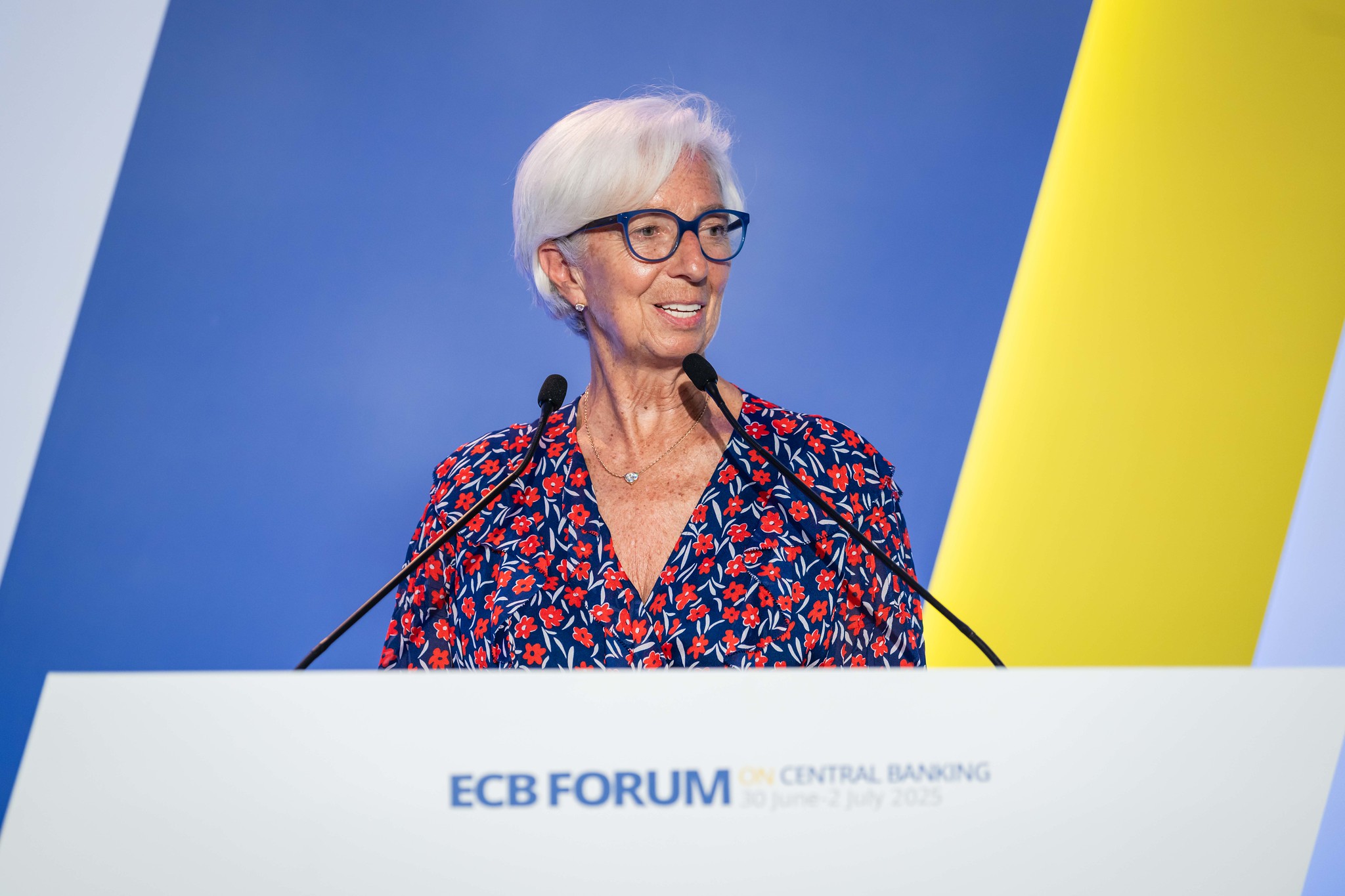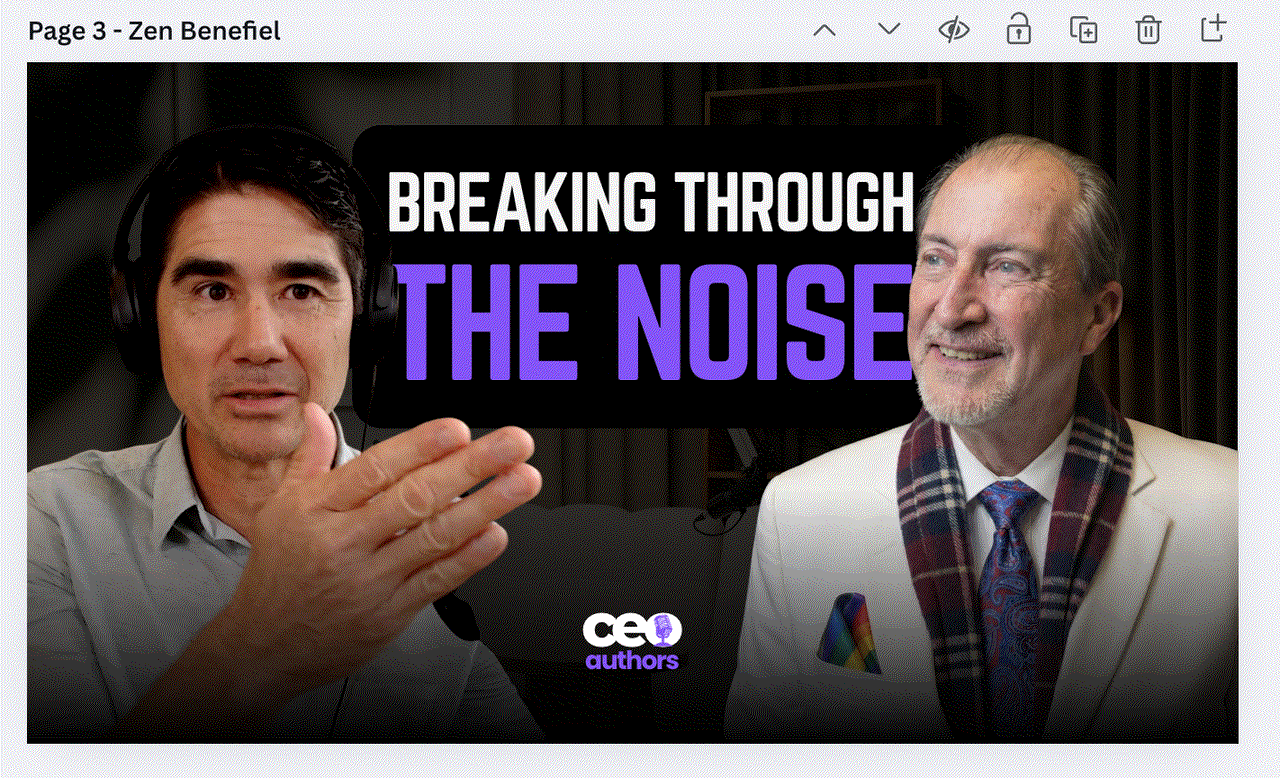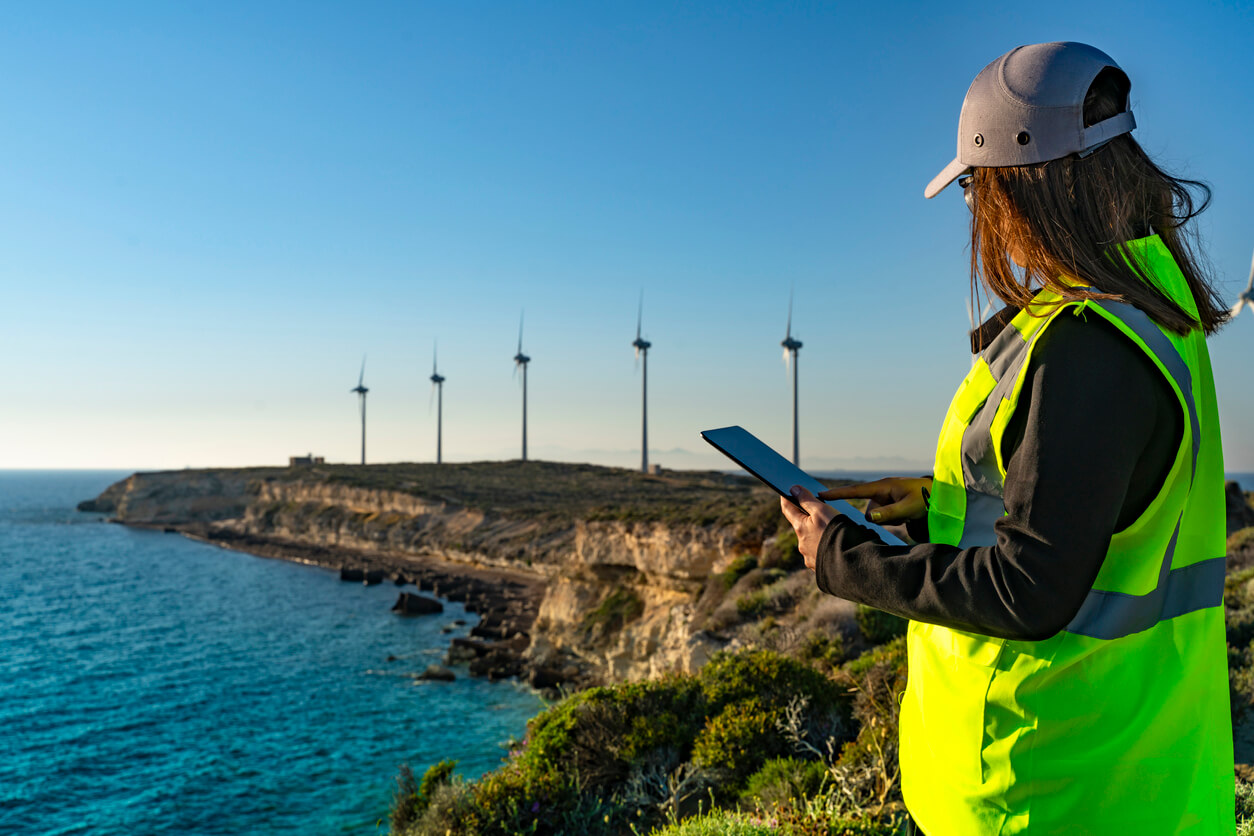Aug08

Two signals in the past month have made one thing very clear: the clean energy transition has moved from forecast to financial fact. First, the International Energy Agency's World Energy Investment 2025 report confirmed what many of us have been saying for years – capital is flowing into clean technologies at unprecedented speed and scale. Then, the European Central Bank dropped a policy shift that could turn that flow into a torrent.
The IEA's report is more than a snapshot of 2025; it's a map of momentum. Global investment in clean energy is expected to exceed $2 trillion this year, compared to roughly $900 billion for fossil fuels. That's more than double. Solar PV alone is attracting more capital than all other electricity generation combined. Electric vehicle (EV) sales are on track to exceed 20 million units this year, with battery storage deployment growing at over 35% annually.
Grid infrastructure, often the overlooked enabler, is finally seeing serious money, with global investment projected to rise by 10% year-on-year. The direction of travel is unambiguous: clean is outpacing fossil in both growth rate and total spend.
For corporate leaders, this isn't a "maybe" trend, it's a structural market shift. The cost curves for renewables and storage are still falling, policy frameworks are hardening, and consumer demand is following the price signals.
On its own, the IEA data is compelling. But the ECB's decision to adapt its collateral framework to account for climate-related transition risks is the accelerant. By changing how it values assets offered as collateral for loans, the ECB is effectively making it more expensive for banks to hold fossil-heavy assets and more attractive to finance low-carbon projects.
This isn't abstract. If your company is seeking financing for a clean energy project, the cost of capital just got a tailwind. If you're trying to fund new fossil extraction, expect headwinds, and potentially gale-force ones.
Think of it like a financial current. The IEA shows the river already flowing towards clean energy. The ECB just opened the sluice gates.
For boards and CFOs, this shift changes the risk/reward calculus:
Sectors beyond energy will feel this too. Manufacturers electrifying processes, transport companies investing in EV fleets, data centres running on renewables, all stand to benefit from cheaper capital access and growing investor appetite.
The synergy between the IEA's findings and the ECB's policy shift is powerful. The IEA gives us the evidence of market momentum; the ECB adds institutional muscle to accelerate it. Together, they send a clear message: clean energy is not just the future, it's the financially rational choice right now.
Consider the growth of corporate power purchase agreements (PPAs). In 2024 alone, companies signed over 45 GW of clean energy PPAs globally, up from 36 GW the previous year. With the ECB's move, those numbers could surge as financing conditions improve.
Green bonds are another indicator. The global market surpassed $1.5 trillion in cumulative issuance last year. ECB-aligned frameworks will likely make these instruments even more attractive, further lowering financing costs for clean projects.
If you're in the C-suite, this is not the moment to "wait and see". It's the moment to move.
This isn't just an energy sector story. Construction firms that adopt low-carbon materials, logistics companies investing in electrified fleets, agriculture embracing regenerative practices, all will find the financial environment more accommodating.
Even in heavy industry, where decarbonisation is complex, the financial calculus is shifting. Projects in green steel, low-carbon cement, and industrial heat electrification will find new backers as transition risk pricing becomes the norm.
While these trends are overwhelmingly positive, we must ensure the Global South is not left waiting on the platform as the clean energy train accelerates.
Investment flows must prioritise not just technology deployment in OECD markets but capacity building, infrastructure, and finance access in emerging economies. The upside is huge: leapfrogging fossil infrastructure, creating millions of jobs, and building resilience to climate impacts.
Multilateral development banks, sovereign funds, and private capital all have roles to play. For corporates, this is both a moral imperative and a growth opportunity. Clean energy demand in the Global South represents one of the largest untapped markets of this century.
The IEA has shown us the map. The ECB has given us a tailwind. For companies, investors, and policymakers, the direction is set, the current is strong, and the destination is a cleaner, more resilient economy.
The question is no longer "if" we transition, but "how fast" and "who leads".
Read the full IEA World Energy Investment 2025 report here and the ECB's announcement here.
Because in this race, the winners will be those who moved first, and moved boldly.
This post was first published on TomRaftery.com. Photo credit European Central Bank on Flickr
By Tom Raftery
Keywords: Climate Change, Energy, Sustainability
 Glimpses of Agentic Intelligence: Gemini-3-Flash Navigating Mock ARC-AGI-3 Grid Worlds
Glimpses of Agentic Intelligence: Gemini-3-Flash Navigating Mock ARC-AGI-3 Grid Worlds Leadership Vacancies are Predictable. The Costs of Being Unprepared.
Leadership Vacancies are Predictable. The Costs of Being Unprepared. The Power of Self-Love: Insights from Karl Taft and Zen Benefiel
The Power of Self-Love: Insights from Karl Taft and Zen Benefiel Every Role Is a Sustainability Role
Every Role Is a Sustainability Role The Corix Partners Friday Reading List - December 26, 2025
The Corix Partners Friday Reading List - December 26, 2025